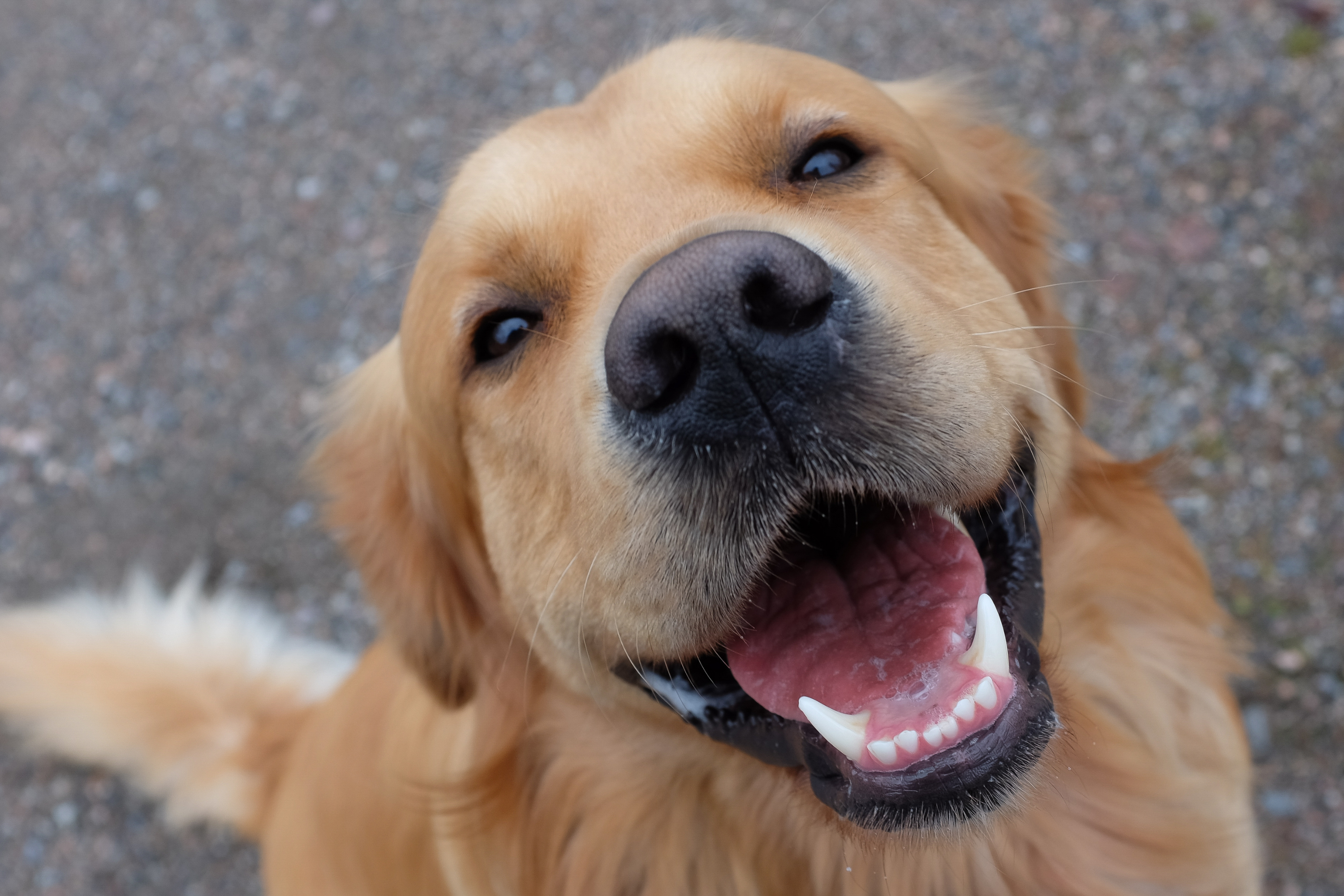
An animal behaviorist has revealed the lesser-known ways to tell if your dog is trying to communicate with you.
Many dog owners will describe themselves as having a bond with their pets and being able to understand their everyday wants and needs, but not all of these are easily identifiable.
Allie Bender, founder and mentor at Pet Harmony Animal Behavior and Training, told Newsweek there are “some easier-to-discern signs” your dog is trying to communicate with you, including “body language, vocalizations, and going between you and a thing they want.”
However, these things are only easy to discern “when people have a good understanding of canine body language and have basic behavior observation skills.”
“For example, a lip lick or stress yawn are stress signs that are easy to see, but if you don’t know that they’re stress signs, you may not know that your dog is trying to communicate with you.”
United Kingdom-based dog behaviorist Zoe Willingham agreed, telling Newsweek: “Dogs are communicating with us all of the time. It’s just that we often don’t recognize it.”
“When a dog is petted and stroked, dogs are screaming communication with this, and we often see them dipping their head, giving sideways glances and yawning or lip licking because they are tolerating it versus loving it.
“On the flip side to that: has anyone ever had their dog sit on their feet with their back to you? This is classic body language sign that your dog feels comfortable and wants a good chest rub, which most dogs love and invites a fuss.”
According to the American Kennel Club (AKC), paying attention to a dog’s body language and vocalization is a good method for understanding how your pet is feeling.
SariJuurinen/Getty Images
A dog slowly wagging its tail from side to side may be relaxed and happy to see you, but a faster, twitching wag could mean the dog is on alert. Raised hackles mean the dog could be stressed, and a dog placing their chest on the ground and rump in the air means the dog is ready and eager to play with you.
It’s not just communication toward humans that a dog’s body language can reflect but to other dogs.
As Willigham explained: “Other less obvious ways dogs communicate which owners don’t recognize is when a well-socialised dog meets another dog.
“They will often approach in an arc pattern, rather than head-on, to show they are a friend and no threat. A good arc and bum sniff is the perfect ‘handshake’ for dogs!”
Bender added: “There are also signs that are harder to discern and/or interpret, because it may seem like the behavior has nothing to do with the human at all on the surface.”
She said she has had multiple clients whose dogs scratch at or chew on their property, which many may attribute to “boredom.”
“But often, when I ask more questions, I find that there are layers to those behaviors.
“Yes, they may be born of boredom, but they may also be used as a form of communication that says, ‘Hey, human, do stuff with me.’ The way that I can figure that out is by asking questions about how the human responds to those behaviors and if those behaviors typically result in getting the human’s attention or more.”
Bender used an example of a client whose dog would repeatedly dig in the leather couch, and their human would “always interrupt the digging behavior,” by distracting the dog.
While this is a “common and practical idea,” it actually taught the dog that “the way to get their human to play with them was to dig in the couch.”
“We don’t get to choose how another individual interprets our training strategies or what exactly they learn so it’s important to observe the effects of our strategies,” Bender said.
Do you have funny and adorable videos or pictures of your pet you want to share? Send them to life@newsweek.com with some details about your best friend and they could appear in our Pet of the Week lineup.
